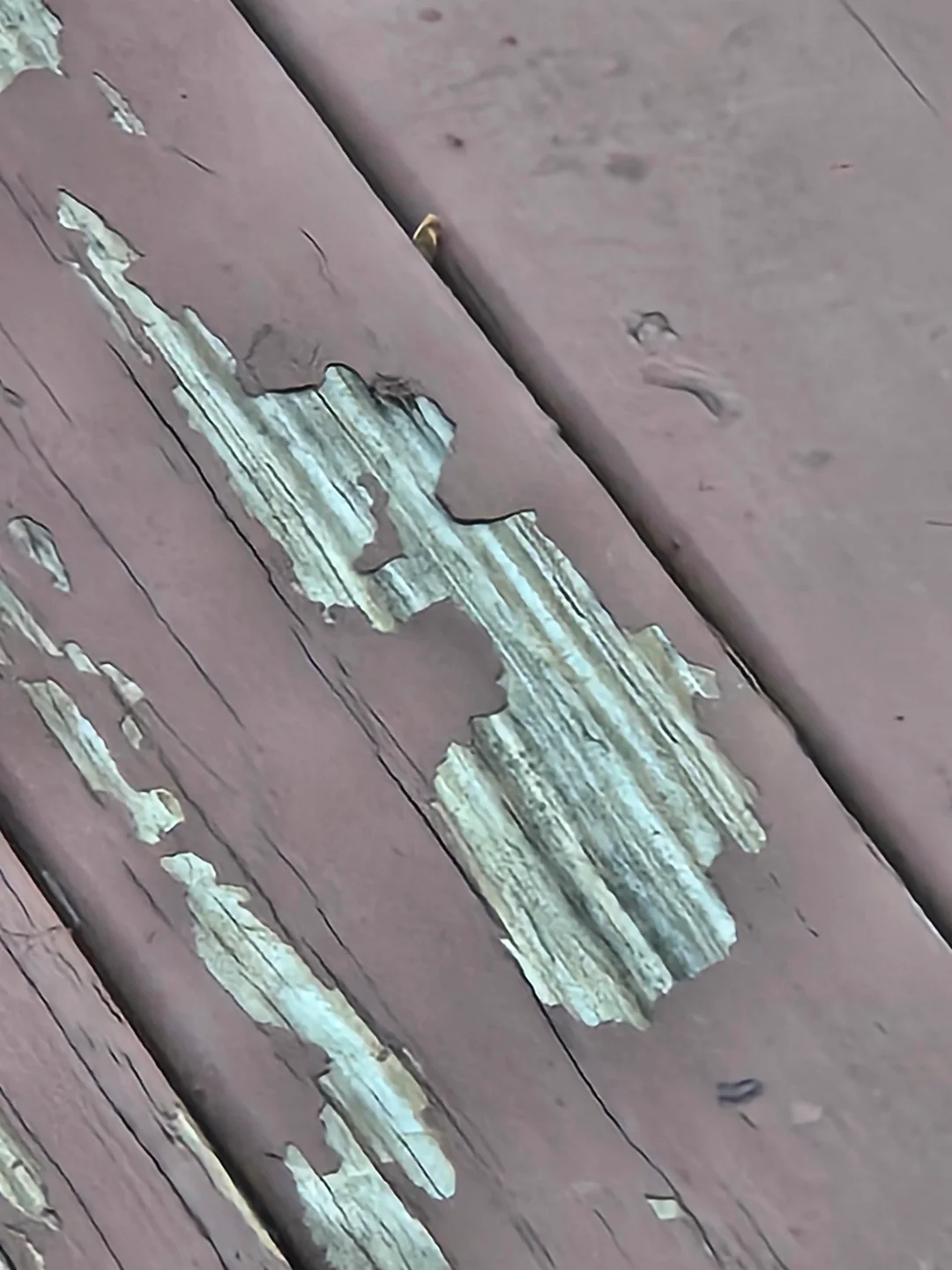Spring into Decking: How to Treat Timber Decking for Longer Life and Easier Maintenance in Manchester
- Kelly Harrison

- Apr 22
- 3 min read
Updated: Jul 22
This spring has certainly brought a wave of homeowners looking to refresh their outdoor spaces, and one of the most popular requests I’ve been getting is for new decking areas. Whether it’s a brand new install or breathing new life into an older deck, the same question keeps popping up: “How should I treat my timber decking to make it last longer and keep it looking great with less hassle?”
It’s a great question - especially here in Manchester, where our weather isn’t always kind to timber! From rain to frost, timber decks go through a lot. So choosing the right treatment is key to durability, appearance, and maintenance.
My Go-To: Decking Oil
Personally, I’m a big fan of decking oil. It penetrates deep into the timber, nourishing the wood and helping it resist moisture and cracking. One of the biggest advantages of oil is that it enhances the natural look of the wood and wears gradually - so even as it fades over time, it still looks tidy and is easy to reapply.
Compared to other treatments, decking oil allows the timber to “breathe,” which means it adjusts better to seasonal changes and doesn’t trap moisture underneath, which can cause rot.
Why I’m Not Keen on Decking Paint
Now, decking paint might look great when it’s freshly done, but I often steer customers away from it. Here’s why: over time, decking paint tends to peel, especially in high-traffic areas or where water tends to settle. Once that starts, it can quickly make the deck look untidy and worn. And let’s be honest—nobody wants to be scraping off peeling paint every spring just to repaint it again.
Other Options for Treating Timber Decking
Of course, decking oil isn’t the only option. Here’s a breakdown of the main choices for both new and existing timber decks:
1. Decking Oil
• Best for: Natural look, low maintenance, easy touch-ups
• Pros: Soaks into the wood, nourishes it, protects against moisture and UV
• Cons: Needs reapplication every year or two
2. Decking Stain
• Best for: Adding colour while still showing the grain
• Pros: Offers some UV and moisture protection, enhances timber colour
• Cons: Doesn’t penetrate as deeply as oil, may need sanding before reapplying
3. Decking Paint
• Best for: Solid colour finish, hiding imperfections
• Pros: Variety of colours, can refresh a tired-looking deck
• Cons: Peels over time, higher maintenance, tricky to reapply neatly
Treating New vs. Old Decking
• New Decking: Always let it weather a bit before applying treatment—usually 4–6 weeks. This helps open up the wood’s pores so treatments can soak in properly.
• Old Decking: Give it a good clean with a decking cleaner or pressure washer. Sand down any rough or peeling areas before applying your chosen treatment.
Final Tips
• Always apply treatments in dry weather—ideally when no rain is expected for 24–48 hours.
• Use a brush or pad applicator for oils and stains to get into all the nooks and grooves.
• Don’t forget the edges and ends of the boards—these are the most vulnerable to rot.
⸻
Whether you’re upgrading your garden for summer BBQs or just want a beautiful, easy-to-maintain outdoor space, the right treatment makes all the difference. And in a city like Manchester, where the skies love to surprise us, protecting your decking the smart way will save you time and hassle for years to come.
Got a decking project in mind? Feel free to reach out—I’m always happy to help locals make the most of their garden space.











Comments